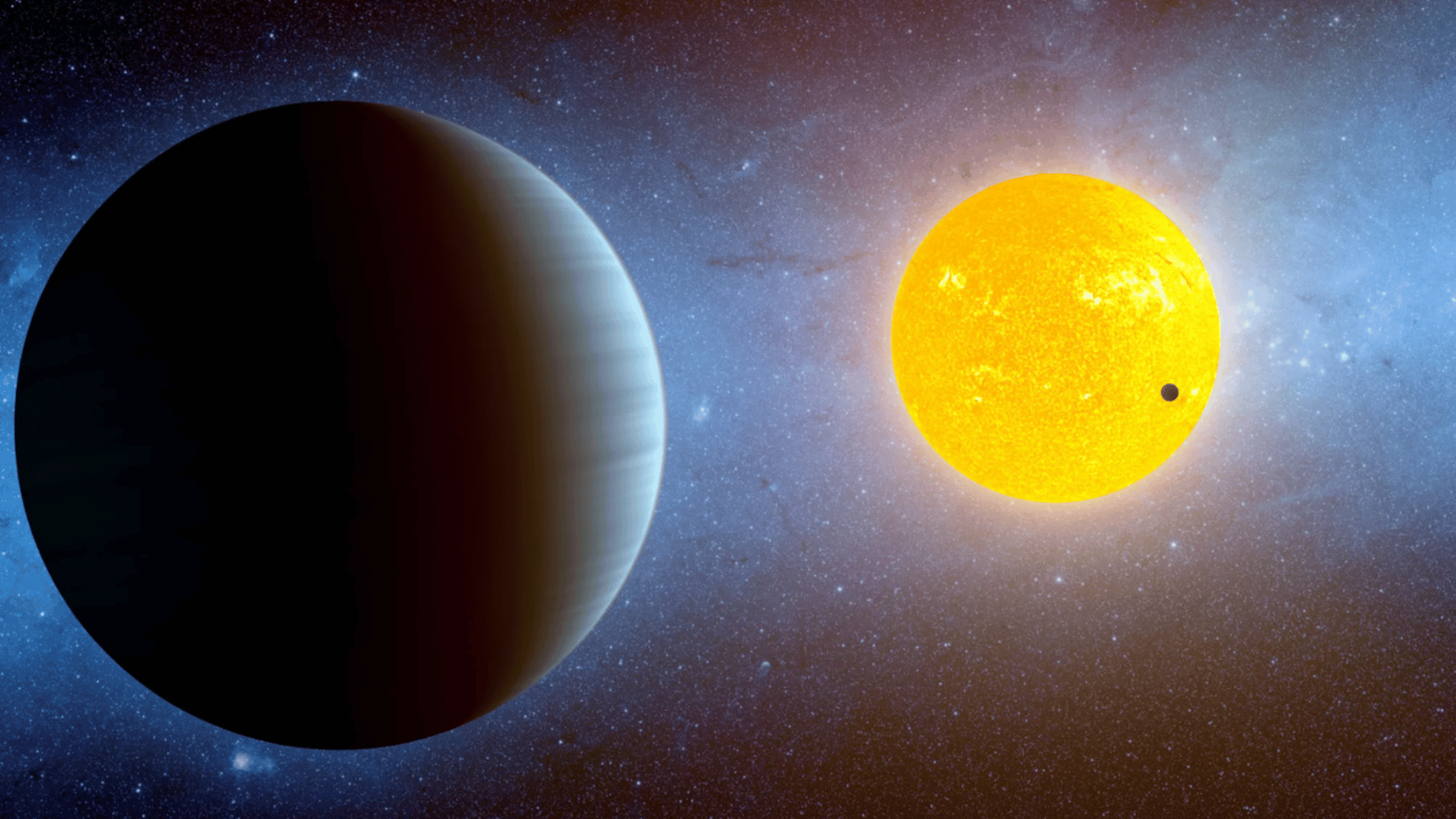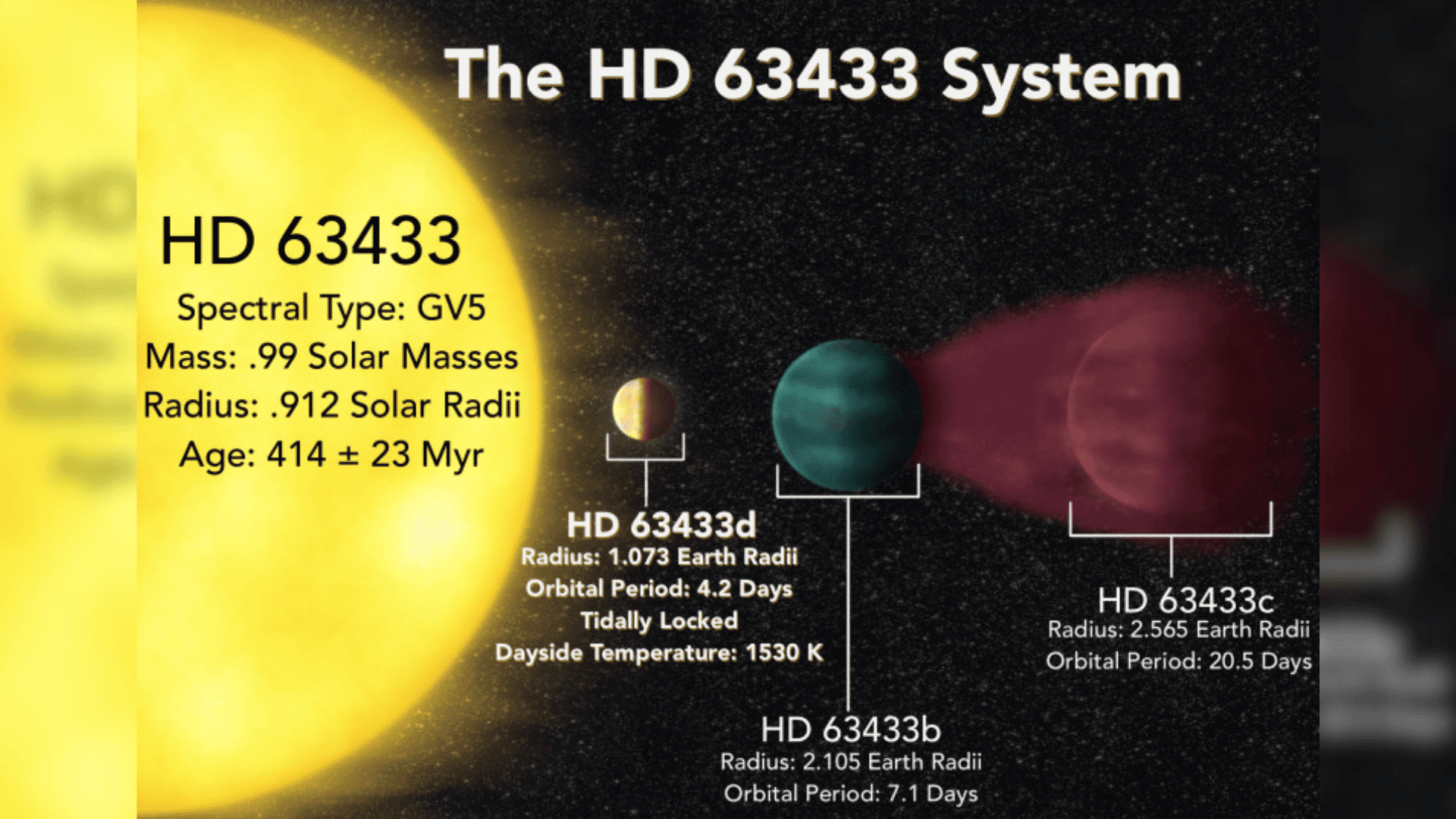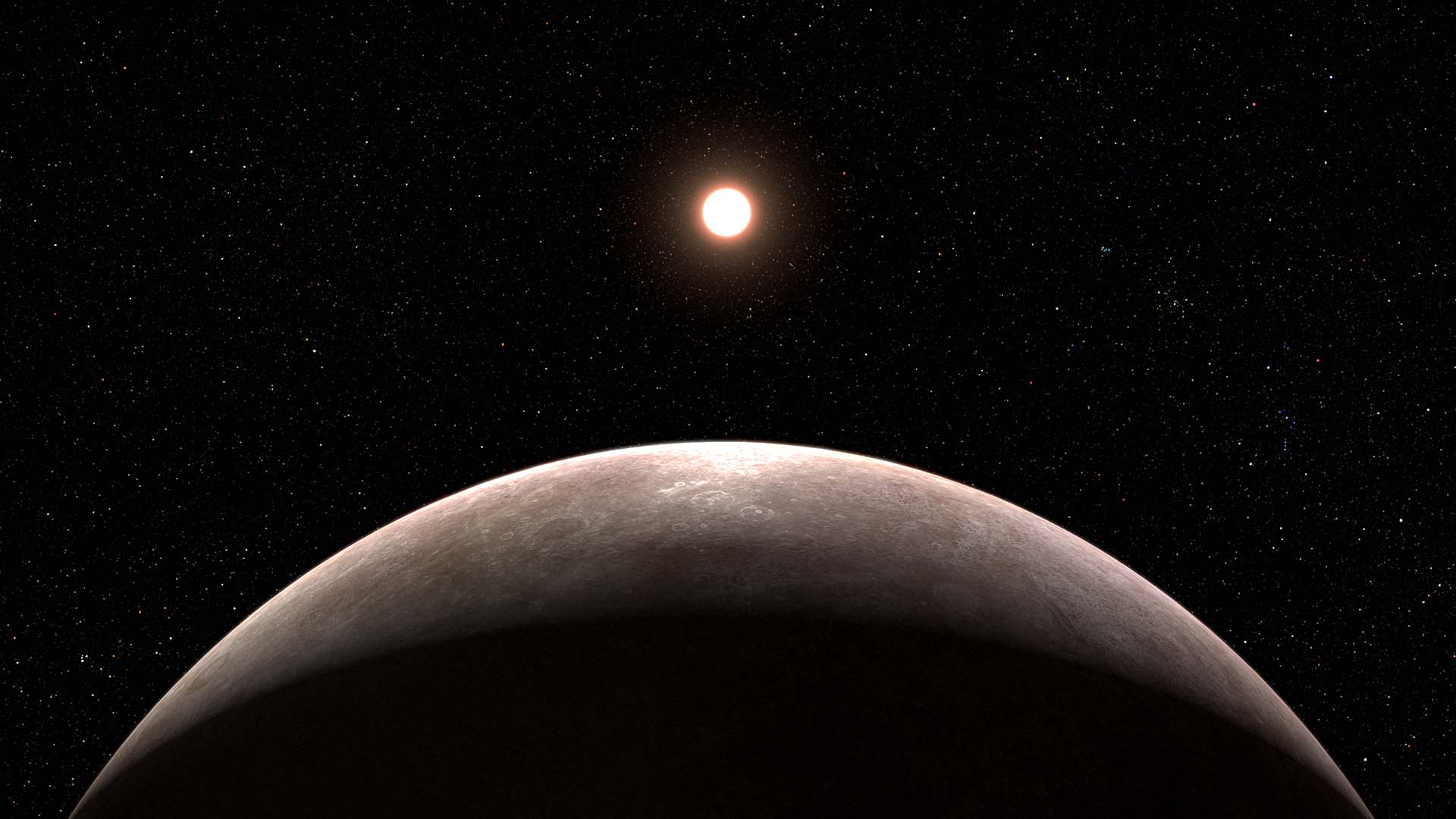A new exoplanet, discovered 73 light-years away, could offer researchers insights about a young Earth.

The world is named HD 63433 d, a newborn exoplanet just slightly bigger than Earth, in a tight orbit around a star. It’s the smallest planet we’ve found that’s less than 500 million years old, which makes it a rare window into the formation of planets similar to Earth.
Since Earth is the only planet that we know for a fact hosts life, learning different ways that Earth-like planets form can help scientists further discern what ingredients could allow life to develop.
“It’s a useful planet because it may be like an early Earth,” says astrophysicist Melinda Soares-Furtado of the University of Wisconsin-Madison, who co-led the research with astronomer Benjamin Capistrant of the University of Florida. “Even though it’s really close-orbiting, we can use follow-up data to search for evidence of outgassing and atmospheric loss that could be important constraints on how terrestrial worlds evolve. But that’s where the similarities end – and end dramatically.”
The Earth-sized world was discovered during a survey using the TESS exoplanet-hunting telescope. The researchers found the world by searching for regular dips in starlight, which signal the presence of an orbiting exoplanet. Measuring the different effects the exoplanet has on the star’s light also allows astronomers to discern the size and mass.

Explore Tomorrow's World from your inbox
Get the latest innovations shaping tomorrow’s world delivered to your inbox!
I understand that by providing my email address, I agree to receive emails from Tomorrow's World Today. I understand that I may opt out of receiving such communications at any time.
This transit data shows that HD 63433 d is 1.1 times the radius of Earth. Though the mass is currently unknown, the physical size implies a terrestrial composition such as that of Earth, Venus, or Mars.
The exoplanet’s yellow dwarf star, HD 63433, is approximately the same size and mass as our Sun with a similar temperature profile. But this star is only 400 million years old, which is young compared to our Sun’s 4.5 billion years.
Three exoplanets have been found orbiting the star thus far, two mini-Neptunes, spotted in 2020, and HD 63433 d. The exoplanet moves around its star in an extremely tight orbit, with one rotation every 4.2 days.
This means that the exoplanet is probably tidally locked with one side always facing the star. Additionally, because one hemisphere is always receiving the star’s heat, its surface is likely a permanent sea of lava with a dayside temperature of 2,366 Fahrenheit.
Looking ahead, the research team hopes that follow-up studies will allow them to discover the exoplanet’s mass, density, and what makes up the planet and its atmosphere.
“This is our solar backyard, and that’s kind of exciting,” Soares-Furtado says. “What sort of information can a star this close, with such a crowded system around it, give away? How will it help us as we move on to look for planets among the maybe 100 other, similar stars in this young group it’s part of?”






